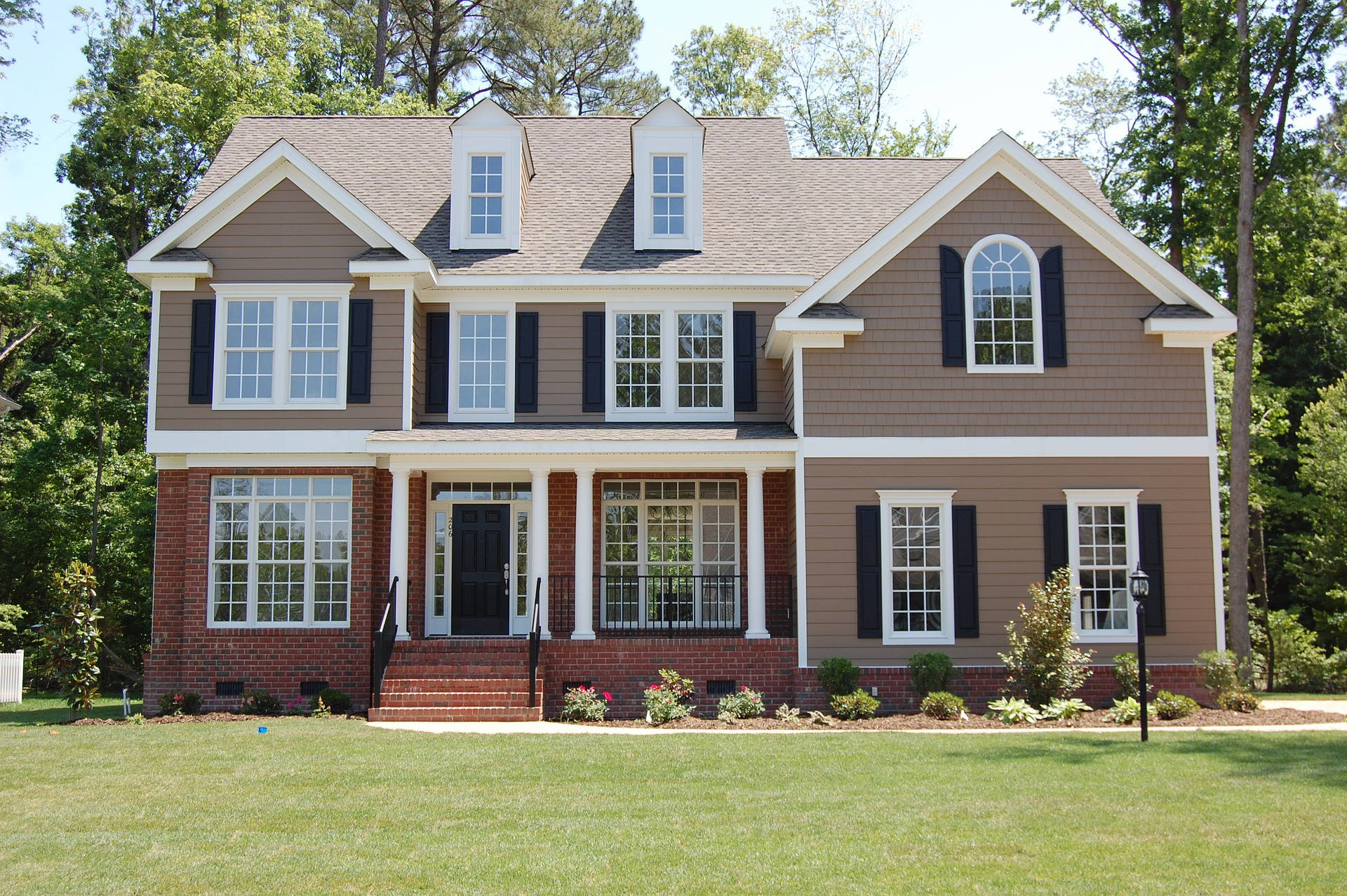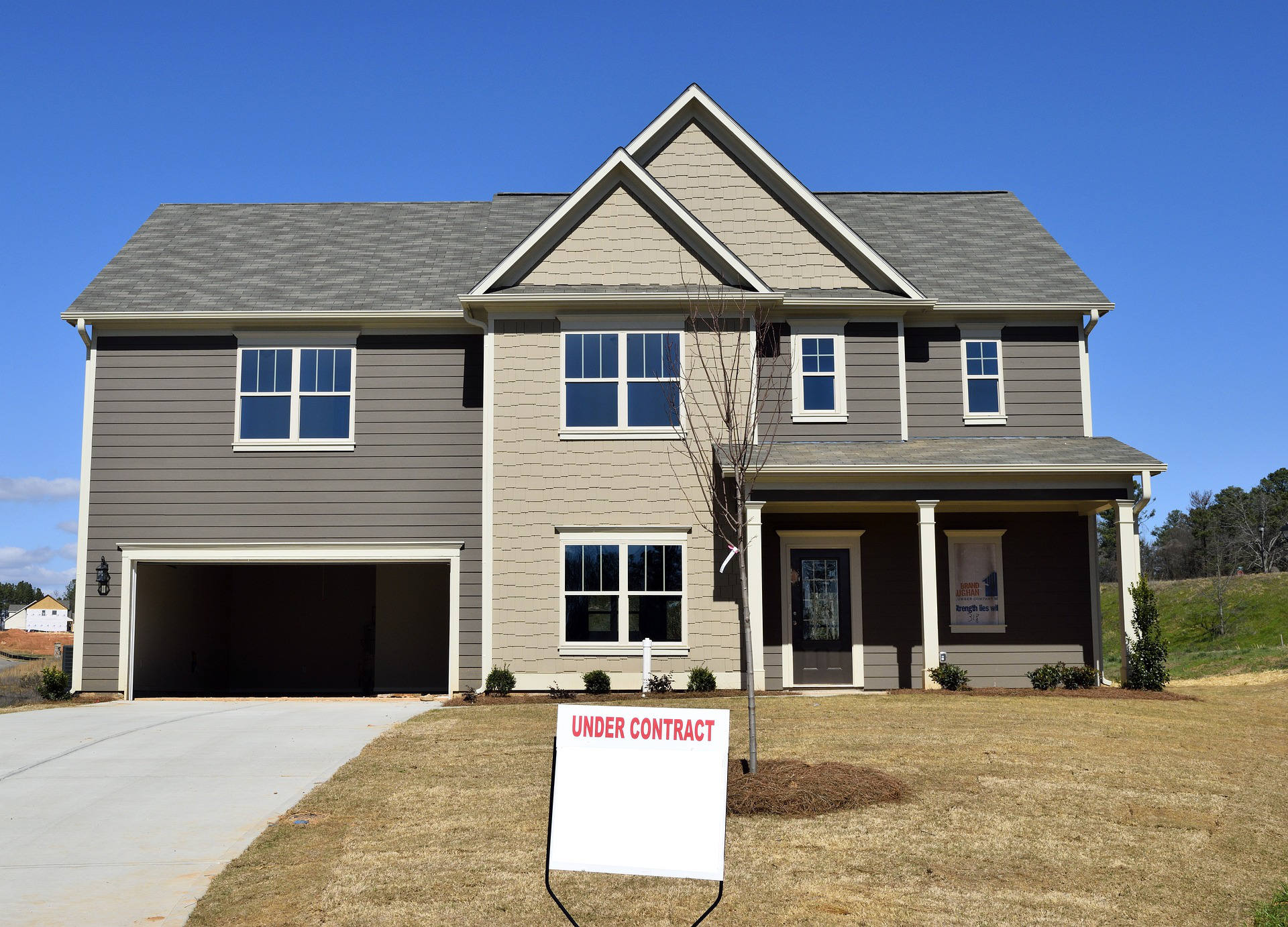Discovering that your home requires a radon mitigation system due to elevated radon gas levels can be unsettling, especially if your basement is finished. This might lead you to wonder about the feasibility of installing such a system without disrupting the aesthetics and integrity of your finished basement.
The concern among homeowners with finished basements regarding the installation process is understandable. However, while the presence of a finished basement may slightly constrain the installation options, it remains entirely feasible to implement a mitigation system with minimal disruption.
Options for Installation
Despite the potential limitations posed by a finished basement, various strategies still exist for installing a mitigation system. A certified mitigation expert can offer a solution that balances cost-effectiveness with visual appeal.
A critical step in the process involves the technician conducting a comprehensive evaluation of your home. This assessment includes examining the basement and any connected garages and attic spaces to determine the most suitable installation path.
For many, the preferred method involves routing the mitigation system’s piping from a basement’s mechanical room to the attic, concealing most of the system within the building’s structure. Suppose direct access from the mechanical room to the attic is not viable. An alternative might involve routing the piping through the garage to reach the attic, with the pipes visible only within the garage’s interior wall.
This approach assumes the presence of a mechanical room, an attic, and an attached garage in your home. However, not all homes will accommodate these internal routing options.
Should internal routing prove impractical, specialists often recommend installing an external radon mitigation system. This method involves positioning the system’s fan and piping along the house’s exterior, originating from a mechanical room, storage area, or closet. The installation aims to place the fan discreetly, typically towards the house’s rear, depending on where the basement access point allows for an exit.
Identifying the best access point for system installation usually leads to a utility area within the basement, where flooring such as carpet does not pose an obstacle. Utility areas are ideal because they do not require floor modifications and are typically located in less trafficked parts of the basement.
When multiple installation paths are possible, the specialist will consult your preferences to ensure satisfaction with the system’s entry and exit points.
Understanding “Elevated” Radon Levels
If you’re assessing the need for a radon mitigation system, understanding what constitutes an “elevated” radon level is crucial. The EPA (Environmental Protection Agency) gives the advice that you should seek mitigation if the radon levels are 4.0pCi/L or above, a hazardous threshold for long-term exposure. This guideline is particularly pertinent in real estate transactions, serving as a benchmark for addressing radon levels in homes on the market.





